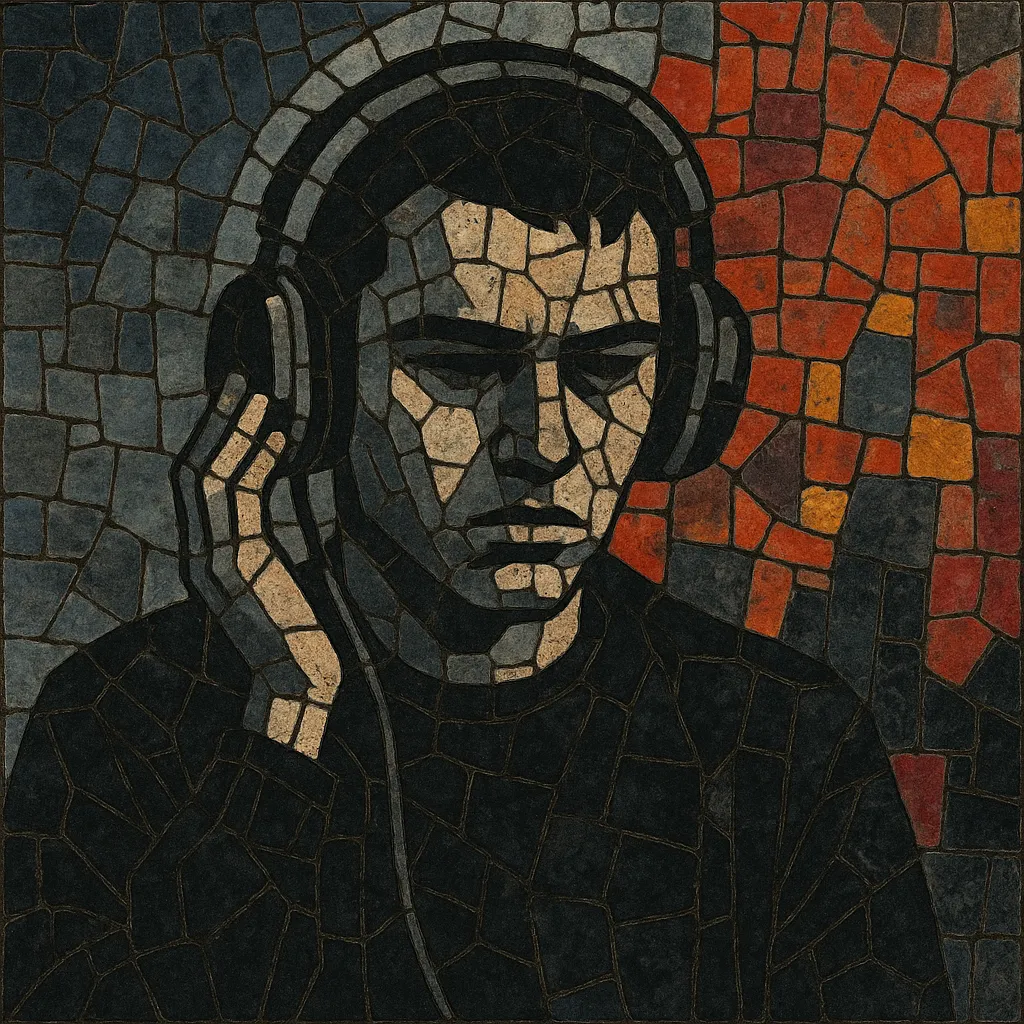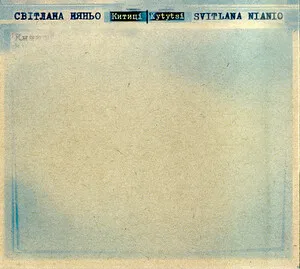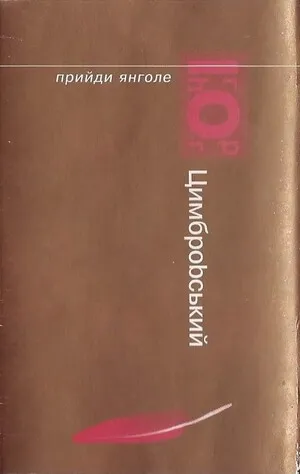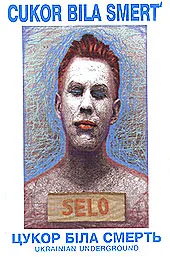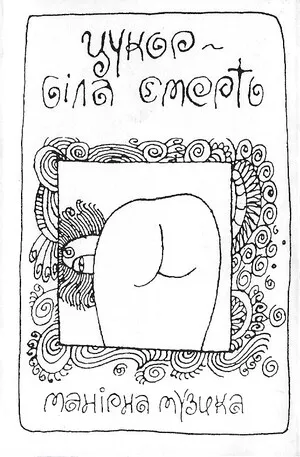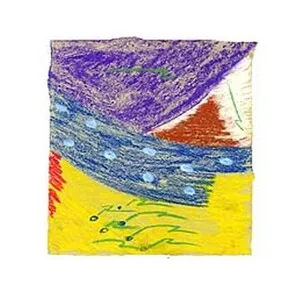Novaya scena (Russian for "new scene") refers to a loosely connected, internet-native wave of Russian-language alternative music that surfaced in the 2010s. It blends post-punk revival, synth-pop, experimental electronic production, trap-inflected hip hop, and art-pop performance into a distinctly post-Soviet aesthetic.
Artists associated with the novaya scena often favor DIY production, stark visual identities (Cyrillic typography, brutalist or provincial urban imagery), and emotionally charged, socially observant lyrics. Distribution and community formed primarily through VK, Bandcamp, YouTube, and later TikTok, with clubs and small venues in Moscow and Saint Petersburg acting as on-the-ground hubs.
Sonically, the style favors cold, minor-key harmonies; drum machines and 808s; chorus-laden bass and guitars; abrasive yet danceable rhythms; and a balance of lo‑fi textures with modern digital polish. Performances are frequently theatrical and intense, borrowing from industrial, art-pop, and contemporary performance art.
Novaya scena emerged in the 2010s as a generational shift within Russian-language alternative music. With inexpensive DAWs, readily available synths and drum machines, and social platforms (VK, YouTube, Bandcamp) lowering barriers, young artists fused post-punk revival and synth-pop with internet-bred electronic styles, trap, and industrial textures. The post-Soviet visual and lyrical frame—at once nostalgic and critical—helped give the movement a distinct identity.
Moscow and Saint Petersburg served as principal live hubs, where DIY promoters and small venues nurtured a cross-genre bill culture (post-punk next to experimental electronics and rap). Online, singles and videos spread quickly, cultivating audiences across Russia, Belarus, Ukraine, and the broader post-Soviet diaspora. The movement’s visual language—stark photography, VHS grit, minimalist typography—became as recognizable as its sound.
By the late 2010s, novaya scena acts began to tour Europe and appear in global media. Viral clips and playlist culture pushed several songs to international audiences, with the scene’s blend of cold, danceable rhythms and dramatic performance resonating beyond language barriers. The contrast of austere sonics and emotionally direct vocals became a calling card.
In the 2020s, the scene diversified stylistically—some artists leaned harder into industrial club sounds, others into indie pop or conceptual art-pop. While lineups and collectives remained fluid, the term "novaya scena" continued to mark a shared ethos: DIY infrastructure, internet-first distribution, and a post-Soviet aesthetic sensibility that is both introspective and confrontational.

